Feature
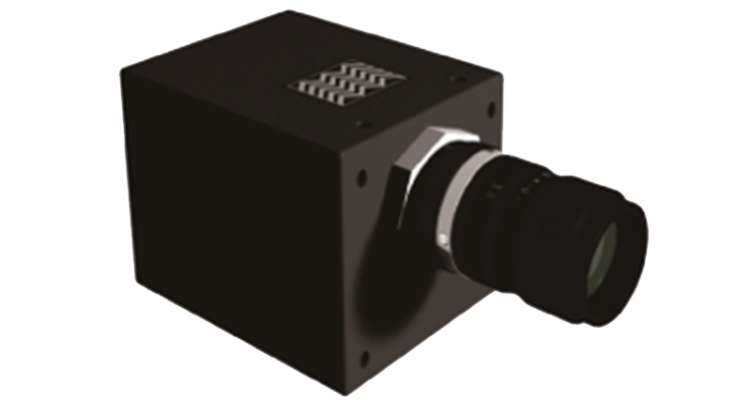
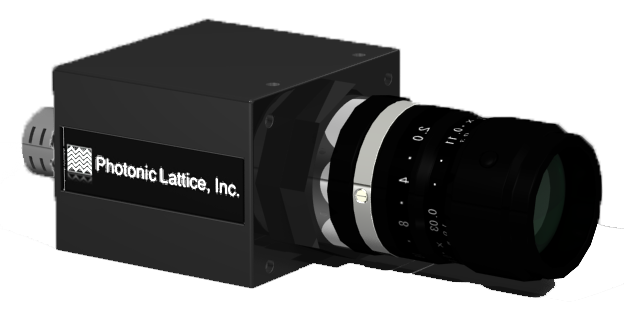
PI/WPI cameras are capable to obtain polarization information real-time, as a normal image, and at high-resolution.
They are used in many areas including recognition of dark objects using their polarization signature, real-time polarization monitoring of laser beams, etc.
In addition to PI capabilities of recording the Degree of Linear Polarization (DOLP) and main axis orientation angle, WPI provides full-fledged recording of the Stokes parameters and Degree of Polarization (DOP), which is necessary in partial polarization situations.
Observation of surface bumps,made clear by polarization effects
Polarization allows detecting small edges and surface irregularities that would be difficult to see using normal cameras. Polarization imaging especially shines when observing dark objects.

Nnormal image
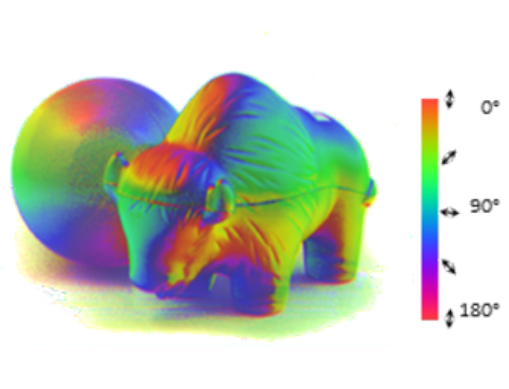
Polarization image
Surface bumps are distinctly seen on polarization images.
Evaluation of new materials (carbon fiber …)
Using reflected light, polarization can be used to observe and quantify in real-time the orientation of the fibers in a CFRP (Carbon Fiber Reinforced Polymer) sample.
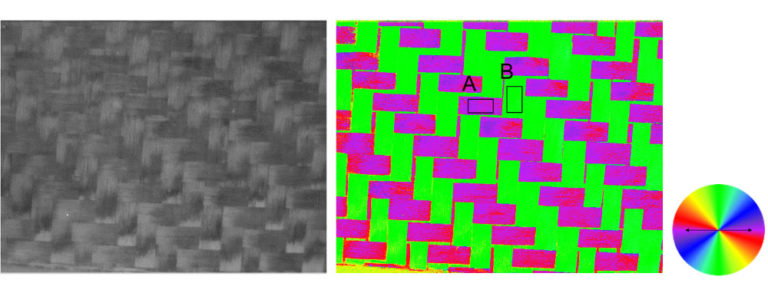
Evaluation of new materials
Full-Polarization imaging with WPI
Polarization cameras on the market, including PI, provide only limited polarization information, not the whole picture.
In contrast to such cameras, WPI systems have access to the full-fledged Stokes parameters, allowing discernment among right-handed, left-handed, elliptical and circular polarization states. Furthermore, WPI systems differentiate between polarized and unpolarized light, and do not mix up elliptical polarizations with unpolarized light. The WPI system is the optimal choice for full polarization measurement.
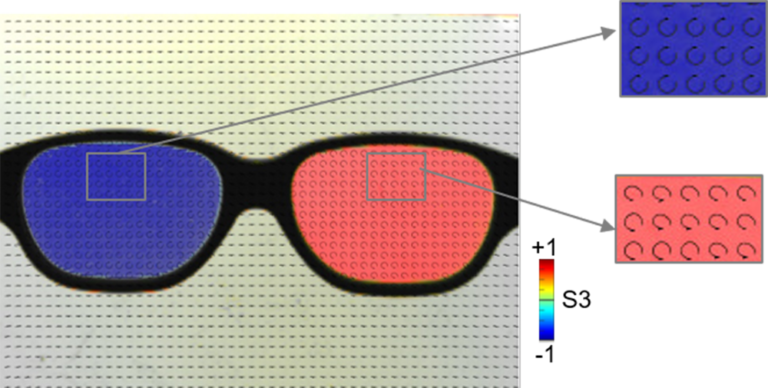
The blue part is right-handed circular polarization (RCP), the red part is left-handed circular polarization (LCP)
